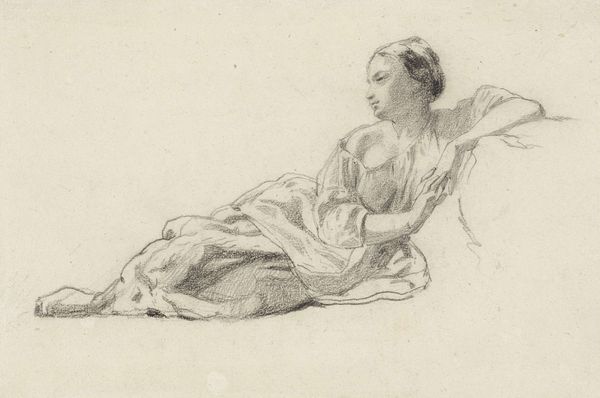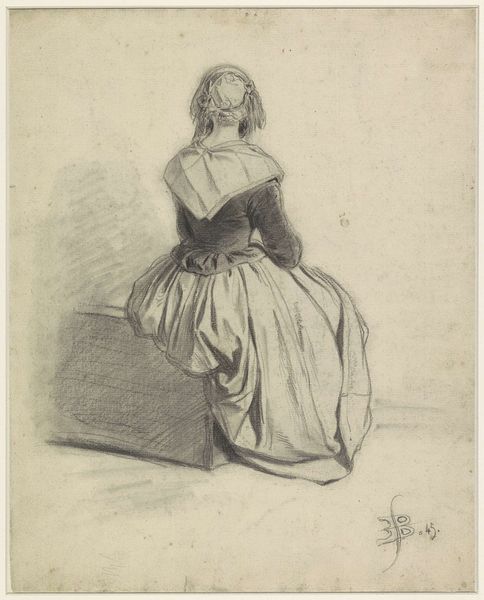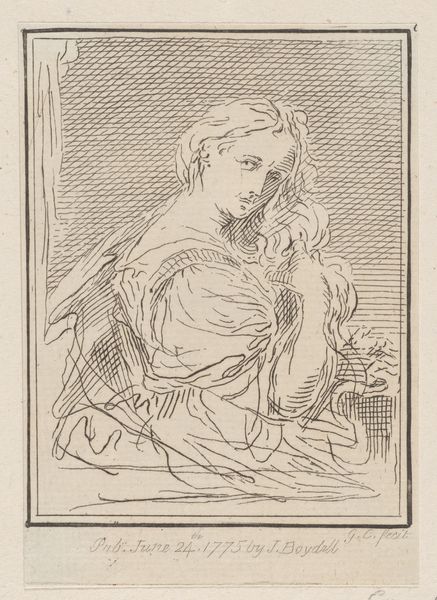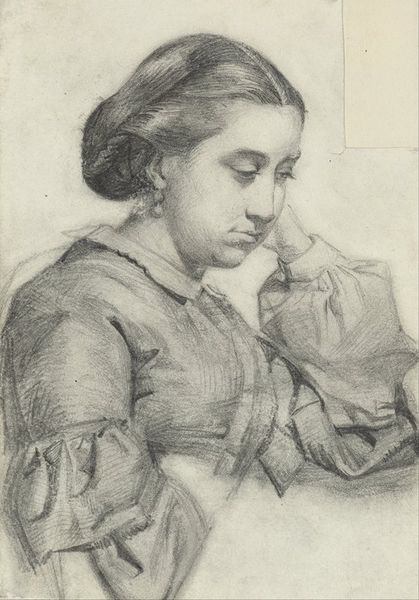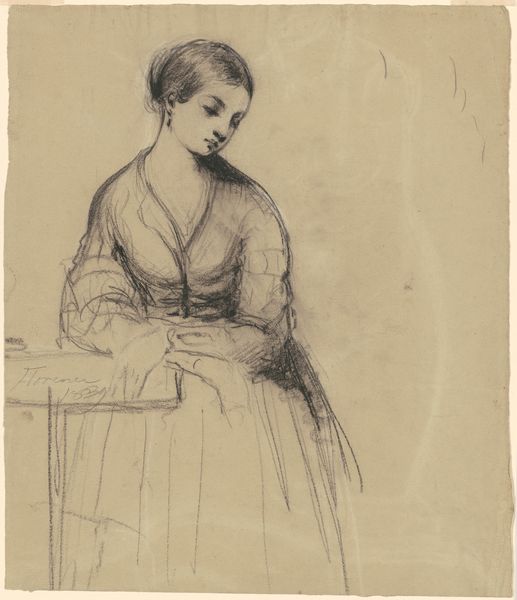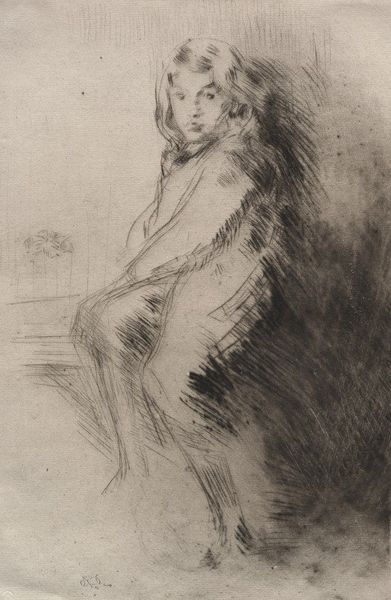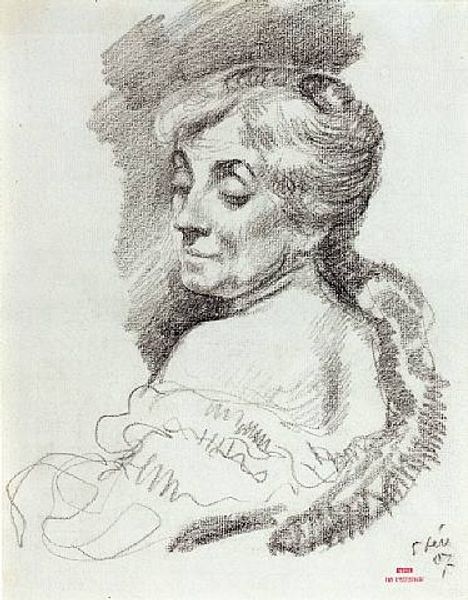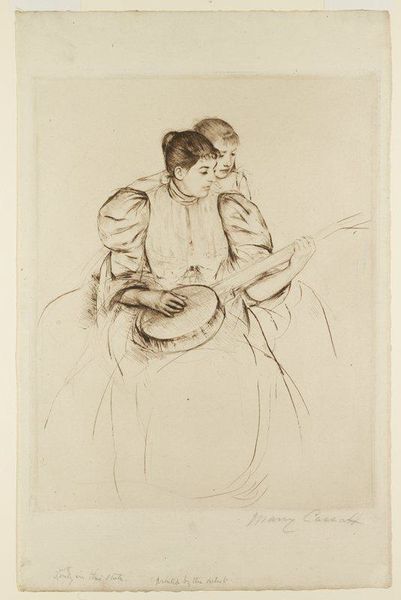
drawing, pencil
#
portrait
#
pencil drawn
#
drawing
#
pencil drawing
#
pencil
#
portrait drawing
#
academic-art
Copyright: Public Domain: Artvee
Henri Lehmann created this drawing of his mother using graphite on paper. The image presents a woman adorned with lace and jewelry, seated at a table with a book, hinting at her social standing and education within 19th-century French society. Made in a period of significant social change, as the rise of the bourgeoisie transformed conventional social codes, Lehmann’s work subtly reflects these shifts. The delicate rendering of his mother's features and attire speaks to the values of domesticity and refinement that were increasingly celebrated by the middle class. Lehmann, who achieved considerable institutional success as a professor at the École des Beaux-Arts, was part of a system that both upheld and shaped artistic norms. To truly appreciate a work like this, we have to look at sources that illuminate the dynamics of family life and the prevailing ideals about gender and class in nineteenth-century France. Only then can we begin to fully appreciate the portrait's deeper cultural resonance.
Comments
No comments
Be the first to comment and join the conversation on the ultimate creative platform.

